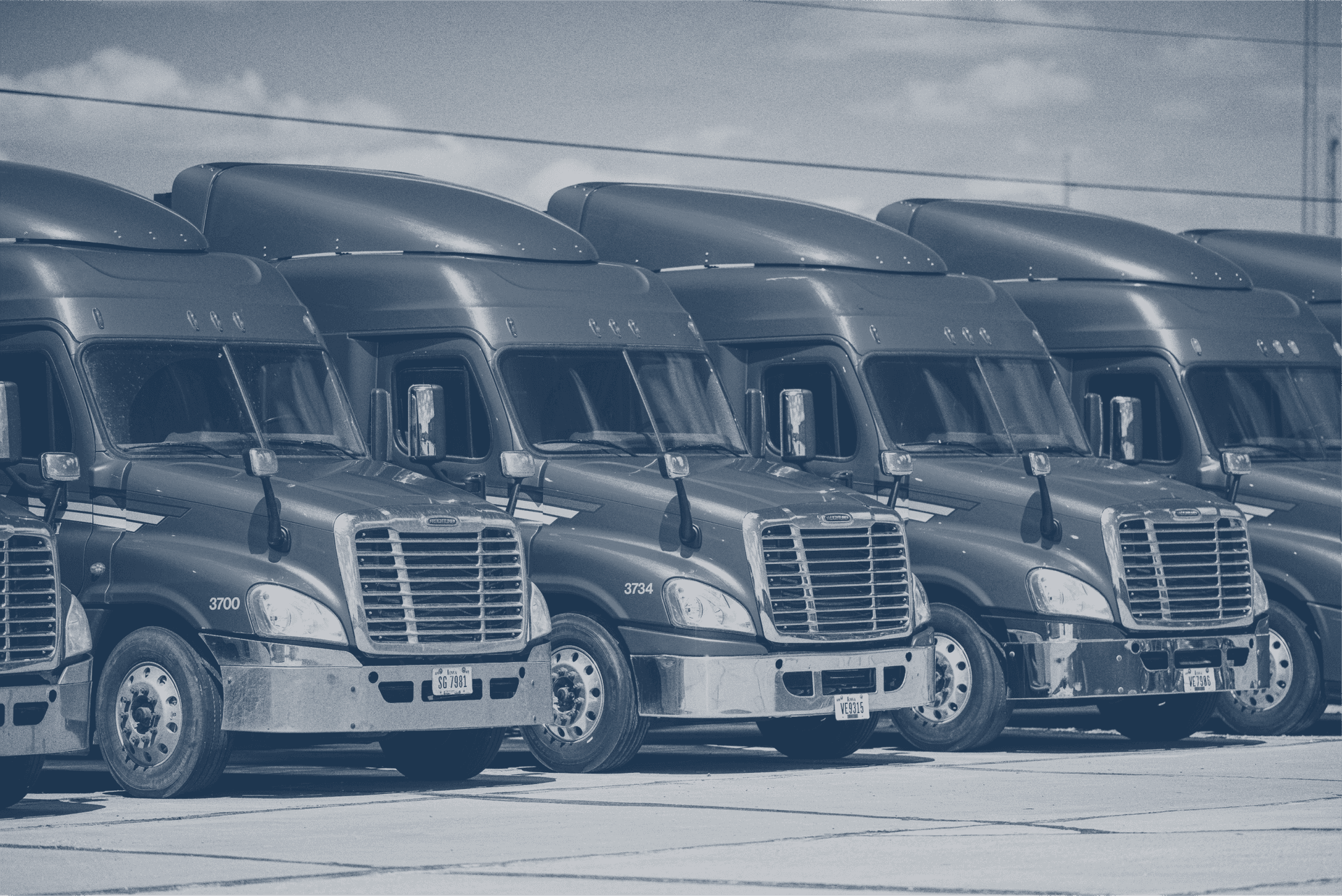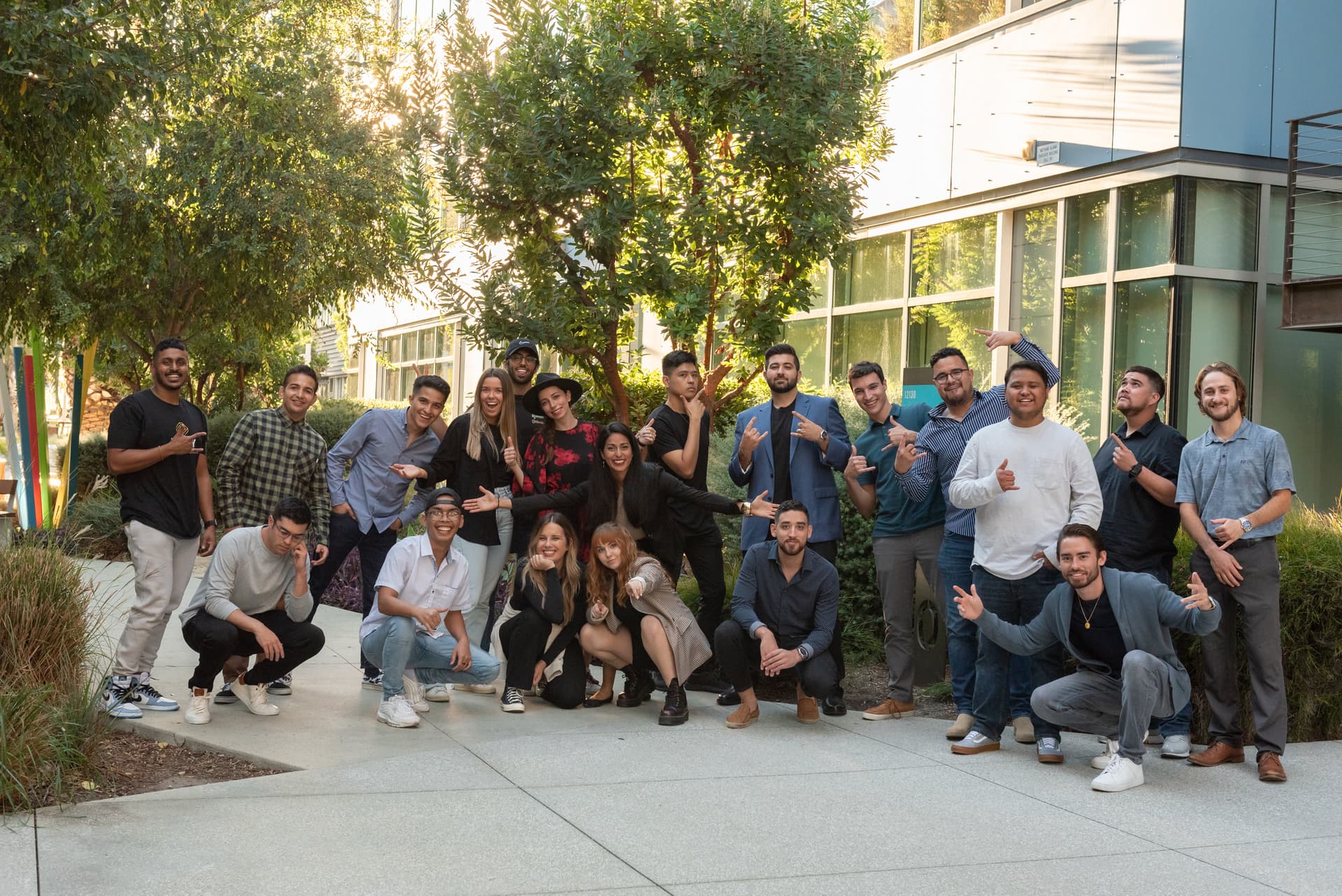Market volatility is the new normal in the logistics industry.
After two years of tight truck capacity and unprecedented demand, the pendulum has started to swing in the opposite direction for the international freight market. Early 2023 saw a moderate decline in demand and lower spot and contract rates, resulting in an industry downturn.
Amid ups and downs in the market, one thing stays constant: customer expectations soar higher and higher. Logistics leaders need to prioritize meeting (and surpassing) modern customer needs to stay competitive.
What can teams do now to make the rest of the year smooth sailing? What technologies should they be investing in right now to prepare for busier times ahead? How can leaders keep up with ever-increasing customer expectations?
We talked to the Senior Vice President of a top 20 full truckload (FTL) player in Europe, Dr. Claudio Consul, SVP of Product at sennder, to learn more. Heres what he shared.
Prioritize shipper AND carrier experience
Customer experience should be at the center of every 3PL business model. But too often, shippers receive a vastly different experience than carriers.
Claudio at sennder recommends thinking of your shippers AND carriers as customers and putting the customer experience center of your business model.
Our marketplace is supply-driven, which means that one of our core challenges at sennder is thinking about how we make sure to convince carriers to engage with our platform, Claudio shared. And this is where the question of customer experience comes in. In fact, it’s a massive opportunity for sennder, as one of the key pain points carriers face with logistics companies today is very low customer service quality.
A vast and reliable carrier network is essential to scale, especially for 3PLs with a supply-driven strategy. Strong carrier relationships fuel the supply side of a freight marketplace, which is key to driving the flywheel effects many logistics companies look to unlock in their network-based business models.
It’ll take time and resources up front, but its worthwhile to prioritize providing excellent long-term experiences for both shippers and carriers.
Respond quickly with accurate information
As a digital road freight logistics partner for FTL, one of sennder’s biggest priorities is responsiveness to customers. sennder has very ambitious targets to reduce average response time to carrier requests, which is why Front has been such an important partner for their team. Front’s shared inbox and workflow platform ensures messages are automatically categorized, prioritized, and routed to the appropriate team member to handle the request.
Once requests are received, Front brings real-time collaboration and customer context alongside messages, making it easier for teams to work together and provide the best and fastest replies. Plus, the sennder team created a 360-degree view of customer data and communication by using Front’s integrations with Salesforce, Asana, Slack, Aircall, Looker, and Octopus their custom TMS.
As a result, they save an average of 3,500 hours per month that they can refocus on revenue-generating tasks.
Keep an eye on efficiency metrics
Claudio recommends monitoring metrics like 1) loads operated per agent and 2) revenue and profitability generated per headcount as top efficiency metrics to monitor especially in a period of downturn.
Logistics companies need to track these metrics to prove efficiency and growth to both customers and investors. Consistent and proactive monitoring takes the stress away from questions surrounding these metrics and keeps teams operating most efficiently.
Standardize processes for operations and customer service
While more traditional forwarders rely on dispatchers who have strong personal relationships with carriers and more manual processes, digital freight forwarders, who leverage technology like digital marketplaces to connect shippers and carriers, are becoming more widespread. For digital forwarders, standardizing processes through technology and automating when possible creates more scalable operations.
For example, sennder has a goal of standardizing their tagging system of incoming messages and turned to Front for help. The team aims to categorize 95% of all incoming requests in 2023 with the help of the tagging functionality in Front and has now assumed a successful categorization of the large majority of incoming requests. This enables the team to either provide the required information/reply in an automated fashion, or they can automatically route each request to the right point of contact.
Don’t discount the value of investing in new tech!
If you can standardize your process, categorize your customers requests efficiently, and succeed at automating workflows, you can deliver on two things, Claudio shared. First, an industry-leading operational efficiency, and second, a best-in-class customer experience, characterized by swift and accurate responses.
Front, integrated with sennder’s internal operations system through Front’s API, has enabled their team to save 3,500 hours a month and spend more time on revenue-generating tasks.
Want to learn more about what Front can do for your team?
Written by Sara Shaughnessy
Originally Published: 9 May 2023











